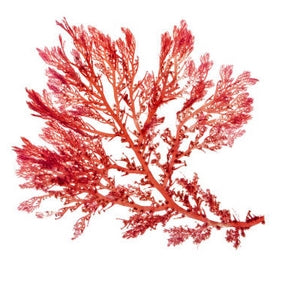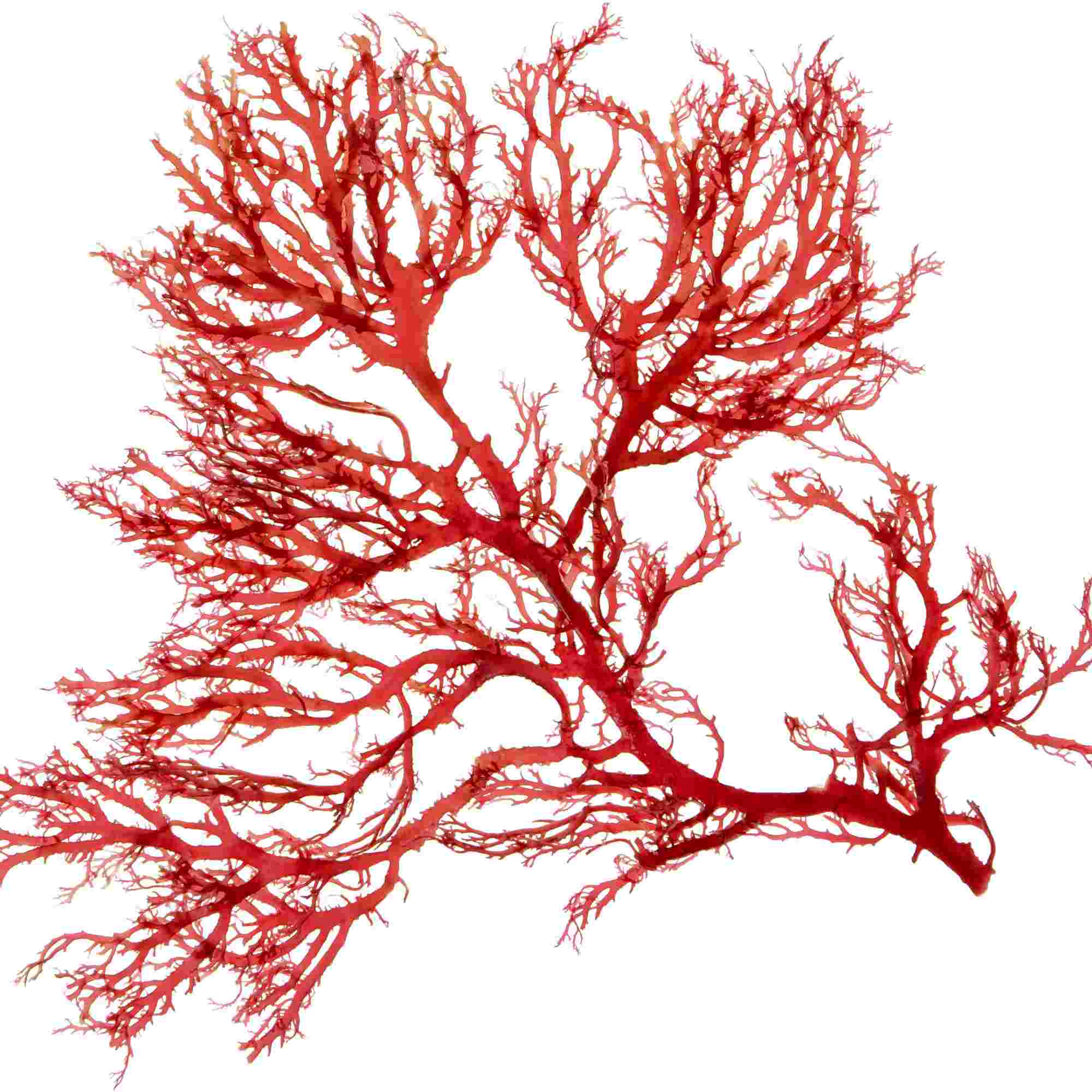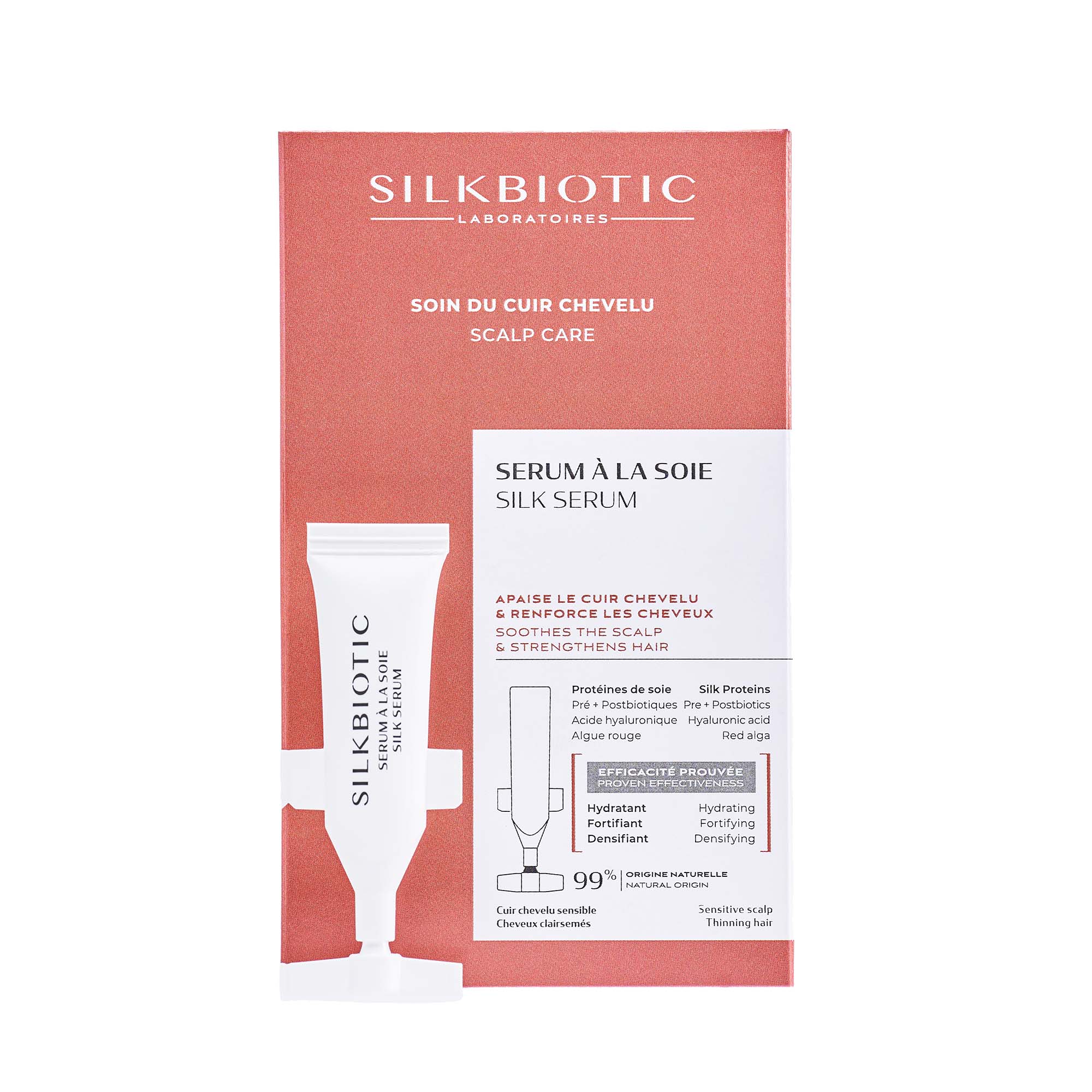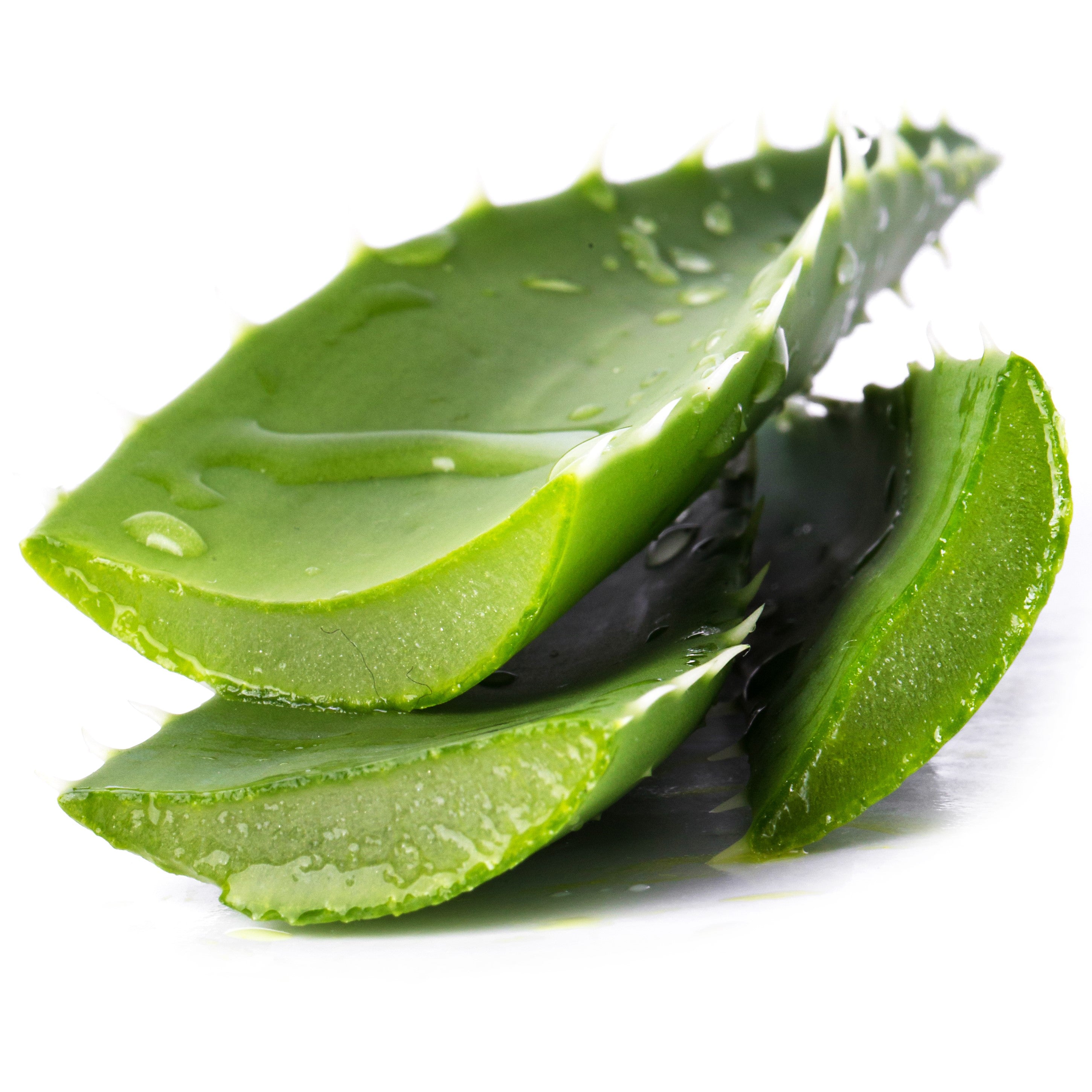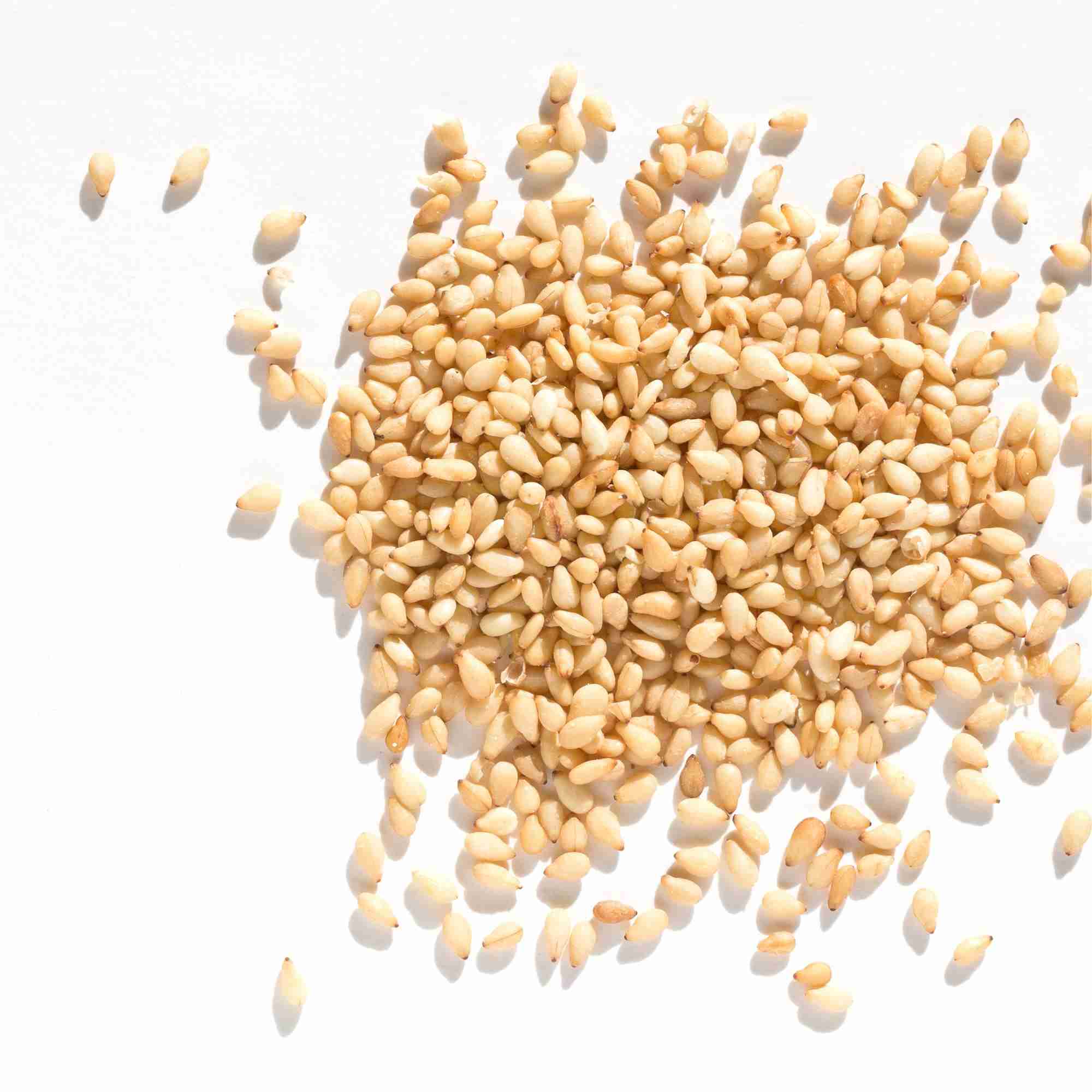Definition of red alga
Red alga, scientifically known under the name of Rhodophyta, is a type of marine alga distinguished by its reddish color, due to the presence of pigments such as phycoerythrine. Used since millenaries in traditional Asian medicine, red alga is today known for its exceptional benefits in cosmetics, notably for its soothing and moisturizing properties.
Actions and benefits of red alga
Property of red alga: hydration and soothing
Red alga is rich in polysaccharids, which form a hydrating layer on the skin, helping to maintain hydration and to soothe irritations. Its soothing properties make it an excellent choice for sensitive skins.
Property of red alga: reduction of redness and inflammations
Thanks to its anti-inflammatory components, such as phycocolloids, red alga helps in reducing redness and skin inflammations. It is often used to soothe skins prone to irritations and breakouts.
Property of red alga: antioxidant
Red alga contains powerful antioxidants, notably phycobiliproteins, which help to protect the skin against damages causes by free radicals. These antioxidants contribute in slowing the skin-aging process by protecting skin cells.
Property of red alga: improvement of microcirculation
The mineral contained in red alga, such as magnesium or potassium, stimulates skin microcirculation. It improves nutrients and oxygen supply to skin cells, thus favoring a healthier and brighter skin.
Property of red alga: decongesting
In cosmetics, red alga is used for its detoxifying and draining properties. It helps reducting water retention and eyebags, while stimulating the lymphatic system.
Clinical and scientific studies on red alga
A particular study demonstrated the benefits of red alga in cosmetics. Indeed, it would enable the fight against liver spots for a unified complexion, delay the signs of age thanks to a anti-wrinkle and anti-slackening actions, and intensively hydrate for a supple and revitalized skin. But it would also be capable of offering a natural protection against UVs, or even an antimicrobial action against bacteria responsible for acne. A mutifunctional ingredient for a healthy and radiant skin.
Sourcing of red alga
Red alga is generally cultivated in clean and preserved marine environments, mainly in coastal waters in Europe and Asia. These areas offer ideal conditions for the algas growth, with a sea water rich in minerals and nutriments. The red alga generally grows in shallow and sunny areas, where it can absord as much light as possible for photosynthesis.
Anecdotes on the red alga
The use of red alga dates from thousands of years ago, particularly in Asia where they were used for their nutritive and medical properties. In cosmetics, the red alga became popular during the last few decades, thanks to its capacity of hydrate, soothe and protect the skin. Acient japanese sailors would use red alga to heal irritations and burns on the skin, because of its natural soothing properties.
The red alga in our products
We particularly like the red alga for its exceptional benefits, this is why we have integrated it in our scalp serum and our eye-contour serum. In our scalp serum, the red alga help soothing irritations, while reducing redness, thus favoring a healthy and balanced scalp. For the eye-contour serum, it contributes in reducing water retention and eyebags, for a refreshed look. Suitable to all types of skins, even the most sensitive ones, the red alga is a precious ingredient in out product ranges, guaranteeing visible and long-lasting results.
Sources :
- KANAAN H. M. & al. Anticoagulant and antibacterial activities of polysaccharides of red algae Corallina collected from Lebanese coast. Journal of Applied Pharmaceutical Science (2014).
- HUANG N. & al. Potential use of seaweed bioactive compounds in skincare:A Review. Marine Drugs (2019).

